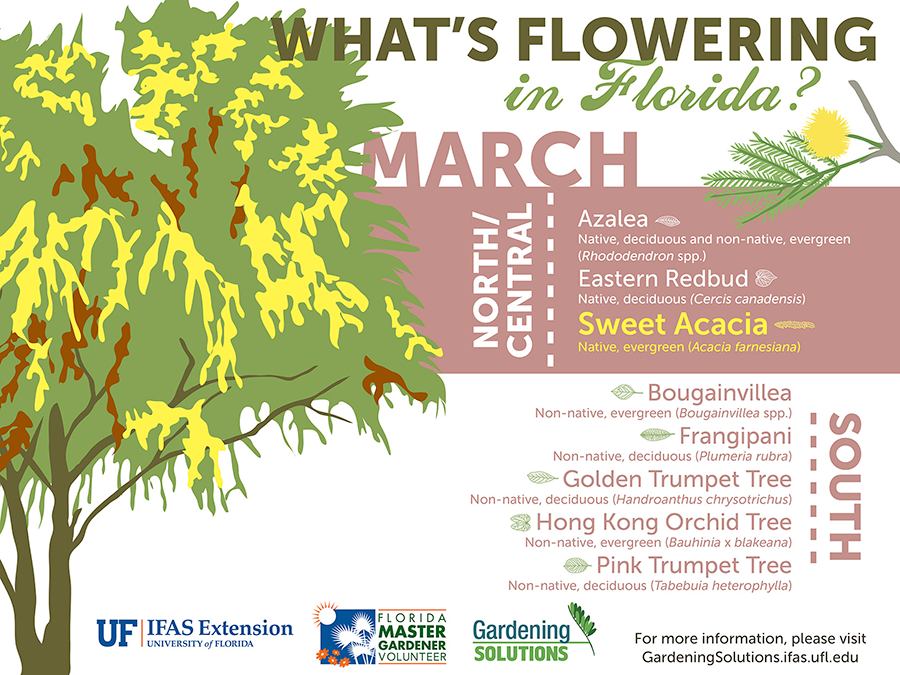The Ecological Effects Of Lowering Trees: Key Insights You Required To Think About
The Ecological Effects Of Lowering Trees: Key Insights You Required To Think About
Blog Article
Article By-Juarez Cochrane
When it comes to the ecological effect of tree removal, there are essential aspects that require your interest. From the elaborate internet of relationships within communities to the succeeding impacts on climate patterns, the consequences are extensive. You might be surprised to find the complex ways in which the removal of trees can reverberate throughout the environment. Remain tuned to untangle the intricate connections and implications of this relatively straightforward act.
Deforestation and Habitat Loss
Deforestation and environment loss are vital concerns originating from tree removal. When trees are cut down, it disrupts entire ecosystems. Not just are the trees themselves shed, yet the homes and food resources of countless plant and animal varieties are destroyed too. Birds shed their nesting websites, creatures lose their shelter, and bugs shed their habitats. The impacts ripple through the food web, impacting predators and prey alike.
In addition, logging contributes to climate change. Trees play a critical function in soaking up carbon dioxide, a greenhouse gas that traps warm in the environment. With less trees, there's much less co2 absorption, resulting in raised degrees of this gas in the atmosphere and exacerbating worldwide warming.
Environment loss is a straight outcome of logging, as the damage of forests implies the loss of unique and diverse ecosystems. mouse click the following post are not able to adjust to quick adjustments in their environment, bring about population declines and, in some cases, termination.
Securing woodlands is necessary to keeping the delicate equilibrium of nature and guaranteeing the survival of countless plant and animal species.
Impact on Biodiversity
The removal of trees has a significant effect on biodiversity, influencing the variety and wealth of plant and pet types in a location. Trees supply environment and food resources for many organisms, from insects to birds to mammals. When trees are gotten rid of, these types shed their homes and sources of nutrition, causing a decrease in their populations. This disruption can have plunging impacts on the entire environment.
Furthermore, trees play a crucial duty in maintaining biodiversity by creating microhabitats within their covers, trunks, and origins that sustain a wide variety of varieties. When trees are lowered, these specialized settings are destroyed, lowering the total variety of the location.
In addition, the elimination of trees can lead to a decline in genetic variety within plant populaces, as particular tree varieties might no longer be able to reproduce or disperse efficiently. Securing trees and forests is crucial for preserving biodiversity and making sure the health of environments for future generations.
Soil Disintegration and Climate Modification
With trees being eliminated from an area, the disturbance of dirt framework and stability occurs, bring about enhanced dirt erosion. Trees play an important function in stopping erosion by holding soil in place with their root systems. When trees are eliminated, particularly in multitudes, the dirt becomes much more vulnerable to erosion from wind and water. This disintegration not just impacts the immediate surroundings but can additionally lead to sedimentation in close-by water bodies, impacting water top quality and aquatic environments.
Furthermore, trees help manage the environment by taking in co2 throughout photosynthesis. When trees are lowered, this all-natural carbon sink is decreased, contributing to boosted degrees of greenhouse gases in the environment. This can exacerbate climate modification, leading to more severe weather condition events and disruptions in communities worldwide.
Therefore, the elimination of trees not just increases dirt erosion but likewise plays a role in the bigger environmental problem of environment change. It's essential to take into consideration these aspects when examining the impacts of tree removal on the environment.
Conclusion
Since you know the environmental impact of tree elimination, think about the consequences before lowering trees. Logging disrupts ecological communities, minimizes biodiversity, and contributes to soil disintegration and environment adjustment. By bearing in mind the effect of tree removal, you can aid protect our environment and preserve the fragile balance of nature. Make informed selections and think about alternate options to reduce the adverse impacts on our world.
